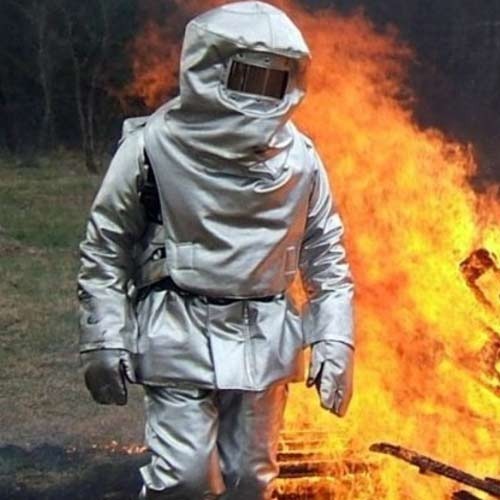Speaking of nonsense, I think calling this whole 432 Hz thing pitch “correction” is also nonsense.
Let’s call it as it is, pitch “alteration”, forcing the music to play at the wrong pitch from what it was originally intended to be played at. It’s definitely NOT a correction.
I think this 432 EVO AEON company and others who are coming out with this 432 Hz re-tuning nonsense are taking the easy way out of developing new gear by avoiding the difficult hurtles of new and improved DAC’s or streaming technologies by just adding a pitch control knob and making it out to be some kind of new revelation in music reproduction.
In case you guys have forgotten, turntables, cassette decks and reel-to-reel decks have had pitch control dials for literally decades and decades, and not once in all that time has anyone come up with this 432 Hz re-tuning nonsense.
You hear all the time people talking about snake oil when it comes to audiophiles and their gear and accessories and the exorbitant amounts of money they charge for such things, like small pebbles in a bag tied to your RCA cables and rare crystals placed on top of your gear.
Now an up-start company comes out with a pitch control “knob” on their streamer/server/DAC thing and come up with some kind of horse pucky foo-foo “science” to fool people into thinking there’s real reasons behind it all, and all of a sudden, a very simple technology that’s been included in analog gear for well over 50 years is now all of a sudden something new and intriguing, and there has to be some real, scientific reasoning behind it all.
Ah, whatever. It’s your money, your system, and your ears. If you want to start listening to all of your favorite music that you’ve known and loved for all of these years in the wrong, flatter, lower, drab and dreary pitch and throw the entire emotion of that original music down the tubes, then go right ahead. It’s just a fad that will hopefully go away in a very short time, much like 8-tracks, DCC cassettes and DAT. Though at least those technologies actually had a reason behind them and didn’t ALTER the original music.






